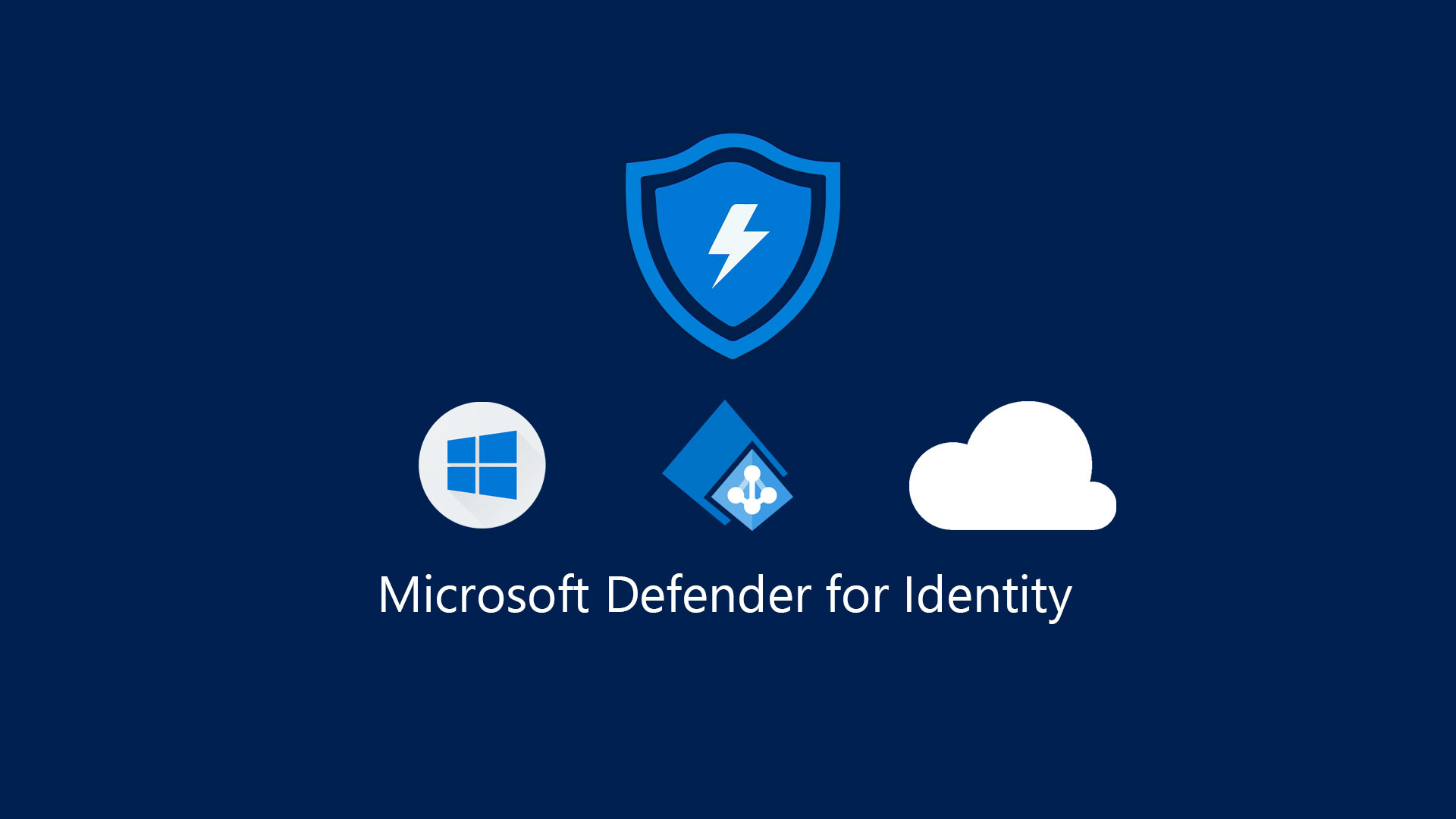Safeguard Your Environment With Microsoft Defender for Identity
Microsoft Defender for Identity
- Monitor users, entity behavior, and activities with learning-based analytics
- Protect user identities and credentials stored in AD
- Identify and investigate suspicious user activities as well as advanced attacks throughout the kill chain
- Provide clear incident information on a simple timeline for fast triage
Monitor & profile user behavior & activities
Protect user identities & reduce the attack surface
Identify suspicious activities & advanced attacks across the cyber-attack kill-chain
The next part is when an attacker attempts to move laterally in your environment, using pass-the-ticket. In this detection, a Kerberos ticket is being used on two (or more) different computers.
Finally, the attackers may want to establish domain dominance which can be performed from any machine by creating a rogue domain controller using a replication process and if this occurs, the Microsoft Defender for Identity can trigger an alert when a machine in the network tries to register as a rogue domain controller.
Although this is not the complete set of detections, but it shows the overall breadth of the detections Microsoft Defender for Identity covers.
Configure Microsoft Defender for Identity sensors
At a high level, the following steps are required to enable the Microsoft Defender for Identity:
- Create an instance for Microsoft Defender for Identity management portal.
- Specify an on-premises AD service account in the Microsoft Defender for Identity portal.
- Download and install the sensor package.
- Install the Microsoft Defender for Identity sensor on all domain controllers.
- Integrate your VPN solution (optional).
- Exclude the sensitive accounts you've listed during the design process.
- Configure the required permissions for the sensor to make SAM-R calls.
- Configure integration with Microsoft Cloud App security.
- Configure integration with Microsoft 365 Defender (optional).
Installed directly on your domain controllers, the Microsoft Defender for Identity sensor accesses the event logs it requires directly from the event controller. It has the following core functionality:
- Capture and inspect domain controller network traffic
- Receive Windows events directly from the domain controllers
- Receive RADIUS accounting information from your VPN provider
- Retrieve data about users and computers from the Active Directory domain
- Perform resolution of the network entities (users, groups, and computers)
- Transfer relevant data to the Microsoft Defender for Identity cloud service




Comments
Post a Comment